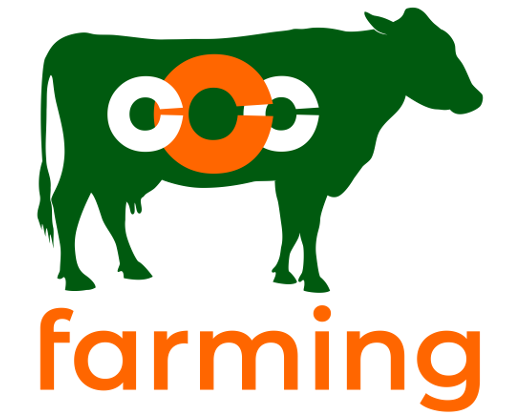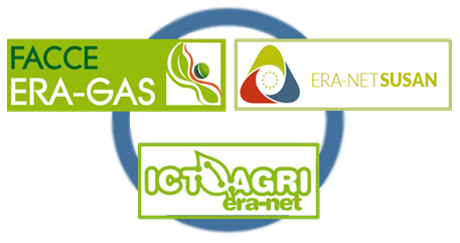Testing innovative farming systems
WP4 (Testing innovative farming systems) – is devoted to the development of farm systems, which are targeted at meeting the socio-economic and environmental goals. A set of good practices and techniques will be combined in farm systems, to be checked and evaluated on pilot and experimental farms.
To perform additional testing to assess the integrated effect of combinations of practices and techniques on emissions in a systems approach. Innovative approaches and smart ICT will be included. The testing will be carried out by combining promising elements from the four farm research Tasks , i.e. housing and manure handling, feeding, breeding, and grassland. Socio-economic effects (WP3) and emission effects (WP2), including trade-offs should be overall positive for each system. Thus a truly holistic approach is envisaged. As a consequence, various farm systems with local focus will be evaluated. Each country will provide at least two pilot or experimental farms for this purpose. The eight study field farms in Poland, De Marke experimental farm and Vlaming artificial floor farm in the Netherlands, and the Mejusseaume experimental farm in France are on the preliminary list to fulfil such a task. Finally, such systems will be evaluated to assess the integrated effects of various practices and techniques, using a multi-criteria analysis. This task will be undertaken by the same expert teams as in WP2, dealing with housing and manure, feeding, breeding, and grassland and crop management, however, at this point all analyses will be combined allowing an integrated systems analysis. The multi-criteria analysis and final descripion of the optimal farming systems will be spatially explicit allowing a regional definition of the suite of management interventions that can help deliver the best economic, social and environmental outcomes. Thus a tailor made approch will be chosen.

